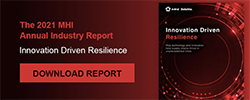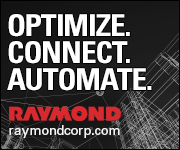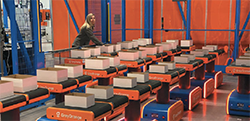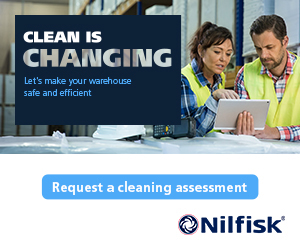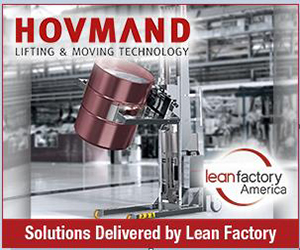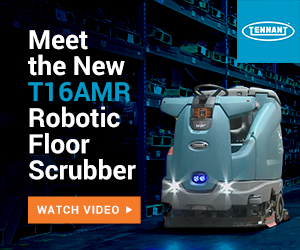 |
||||||||||||||||||||||||
| Archive | Subscribe | Send to a Friend | www.mhi.org | Solutions Magazine | ||||||||||||||||||||||||
|
Top Story
Technology and Innovation
The organizations that harness, process and analyze Big Data well are the ones who will reap a variety of benefits. Among them: faster, more effective decision-making; better customer service; enhanced operational efficiency; reduced operational costs; and greater resiliency in the face of disruption.
In the not-too-distant future, a true optimization solution is quite possibly within reach with the hopeful promise aligned with the advent of quantum computing (QC) solutions. Unlike classical computing, which uses binary code with transistors of zeroes or ones, quantum computing calculates with qubits, which can represent either zeroes or ones at the same time in a fluid, non-binary state. Because quantum computing is not just zeros and ones—it is zeros and ones and then a series of possibilities in between—it can consider all of those multiple combinations across multiple variables much more quickly.
MHI Updates
MHI recently announced the winners of the 2021 MHI Innovation Awards. After receiving 92 submissions for this year's awards, judges comprised of professionals from the material handling and supply chain industry completed the initial vetting process. Ten finalists were previously chosen and announced as the most innovative products in each category: Best New Innovation, Best Innovation of an Existing Product, and Best IT Innovation based on concept, value and impact. The winners were announced during a keynote session at ProMatDX.
The Protective Guarding Manufacturers Association (ProGMA), an MHI Industry Group, published a new American National Standard outlining a test method for crash-testing industrial guardrail barriers and posts. The new standard, ANSI MH31.2-2021, provides a test method of evaluating performance characteristics for industrial guardrail barriers and barrier posts.
Whether you own a pallet flow rack system or are considering investing in one, ownership comes with a variety of responsibilities. In addition to publishing the American National Standards ANSI MH16.1 for Industrial Pallet Rack—which details rack design, engineering, construction and ownership requirements—the members of RMI have also assembled a list of pallet flow rack owner “dos and don’ts.” Following these recommendations will enhance both the integrity and reliability of the system, while reducing the risk of injury for workers as they perform their tasks in and around the racking.
When investing in a mobile autonomous vehicle (MAV) system—such as a fleet of automatic guided vehicles (AGVs) or autonomous mobile robots (AMRs)—warehouse operators increasingly have the choice of hosting the fleet management, monitoring, analytics and control software either on-premise or in the cloud.
Patented track and enclosed track monorails are used to move heavy, bulky materials throughout a facility or process, then precisely position each load.
Leadership
COVID-19 created an urgent need for organizations of all kinds to communicate critical information to their employees. Suddenly, the economic and operational challenges presented by the virus had workers fretting about everything from new sanitizing and social distancing protocols for offices, distribution centers and factory floors to the logistics of working from home, their own job security and in some cases the existential threat to their employer’s business. In the process, the pandemic forced leaders of organizations large and small to focus on internal communications, a function often relegated to a minor role compared to brand marketing and external-facing corporate communications.
Supply Chain Trends
Modern supply chains are too complicated for any one company to do everything well, so strategic partnerships are key to solving the big problems facing the material handling industry and its customers. The right partnerships make business relationships more transparent, resilient and sustainable because customers get to work with best-of-breed providers working in their individual areas of expertise and sharing a common goal: customer success.
This need for agile decision-making is changing how organizations acquire warehousing and distribution capabilities. An emerging, more flexible option is on-demand warehousing, which enables warehouse owners to rent out their extra storage, distribution or fulfillment capacity on a pay-per-use basis and for a short period of time to external customers through an online platform.
Workforce
|
||||||||||||||||||||||||

